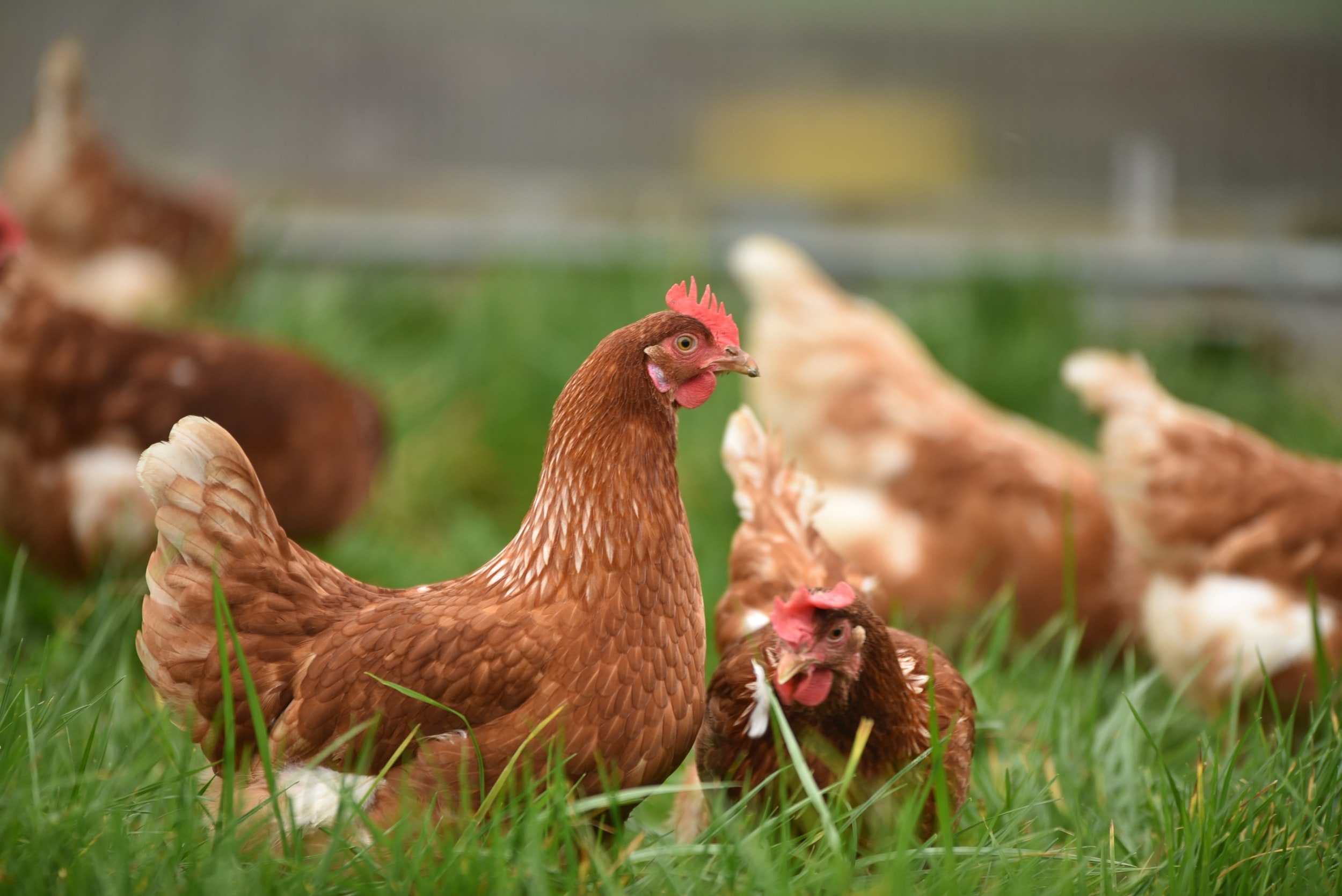Polyfaces Documentary: ‘Lunatic’ Farming and Regenerative Living
Discover > Product Recs > Polyfaces Documentary: ‘Lunatic’ Farming and Regenerative Living
Joel Salatin & Polyfaces
Polyface farms is a multi-generational farm which practices sustainable agriculture. Joel Salatin has published twelve books and describes himself as a “Christian, libertarian, environmentalist and capitalist lunatic farmer”. He has practiced regenerative farming since the 1980's. His farm has multiple uses and produces stewing hens, pastured turkeys, pastured chickens, forage-based rabbits, salad bar beef, pastured eggs, pastured pigs and lumber. This farm is located in Swoope, Virginia and can net $60,000 on a 20 acre farm!
Amazing Regenerative Farms & Ranches in Texas
Embark on a journey through amazing regenerative farms and ranches in Texas, witnessing the transformative power of sustainable and regenerative agriculture.
Four Generations of Farming
Beginning with soil building and permaculture ponds, the farm was established in 1961. The ponds are at a higher elevation than normal, so gravity disperses the water. Land is also leased from local farmers for pig pastures and cows. Thirty acres of pig pastures are used on rental farms. The animals harvest and fertilize the pastures by moving them every day. The farm serves 5,000 families, 50 restaurants, 10 retail outlets and a farmers' market.
Transitional Texas Farms Supporting Sustainable Agriculture
Discover transitional Texas farms playing a pivotal role in supporting sustainable agriculture, bridging the gap between conventional and regenerative farming practices.
Where to Get Sustainable Foods in Texas
Find a guide on where to source sustainable foods in Texas, connecting consumers with local producers committed to ethical and environmentally friendly practices.
Production, profit and pleasure are Joel's ideas of regenerative farming. He lectures on college campuses and for big businesses. If there were more non industrial farmers we could reduce our carbon levels in ten years. Regenerative farming saves time,water and money. Only a half acre can raise fifty pigs per year. Confined pigs have less tender meat and pastured pigs are more lean. The grass is mowed by moving animals and the pastures have widely spaced trees. Omnivores require more grass and feed produced by local farmers, the process Farmer Joel uses is much more efficient.
The Omnivore's Dilemma - A Classic Read about Regenerative Farming
Explore "The Omnivore's Dilemma," a classic that delves into the complexities of our food choices, shedding light on regenerative farming practices and their impact.
The Difference with Regenerative Farming
Polyface farms makes more off of one acre of land compared to twelve acres when they first started. They purchased a chipper years ago to make bedding behind the cows. Joel's grandfather began organic farming in 1949. Joel's grandsons have started raising sheep and use pasture feeding. Polyface designs are shelters made of aluminum for easy transport.
A Practice of Sustainability - One Cow at a Time
Highlighting a practice of sustainability, explore the story of a local business making a difference one cow at a time, showcasing the importance of conscious food choices.
Further Research
Fresh green grass and moving animals in a pattern produces more per acre. The symbiotic relationship between cows and birds produces more profit and supports regenerative farming. The farm can be ten acres or sixty acres and is still better for our environment. Farmer Joel is very controversial and definitely a strong personality to handle, yet I support what he’s trying to do. He is getting a message out about regenerative farming that needs to be heard. He continues to encourage the support of local farmers and the local community. Although recent updates show he is becoming a little more strange than usual, I will continue watching or reading his work.
At TexasRealFood, Farmer Joel is referenced in many of our reviews - including Food, Inc., Folks This Ain’t Normal, and The Omnivore's Dilemma.
Folks, This Ain't Normal - Musings of a 21st Century Farmer
Dive into the insights and musings of a 21st-century farmer with "Folks, This Ain't Normal," offering a unique perspective on the challenges and realities of modern farming.
Why Regenerative Farming Is Gaining Traction in Texas
Explore the reasons behind the increasing popularity of regenerative farming in Texas, uncovering the positive impact on the environment and agricultural practices.




